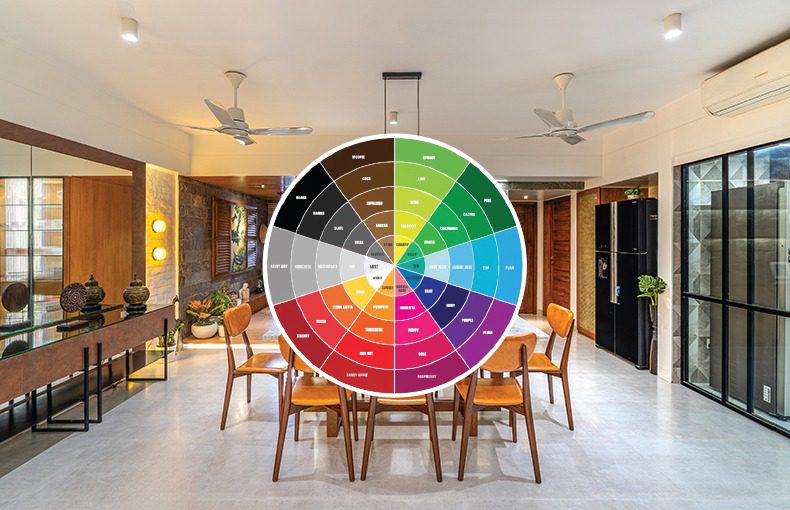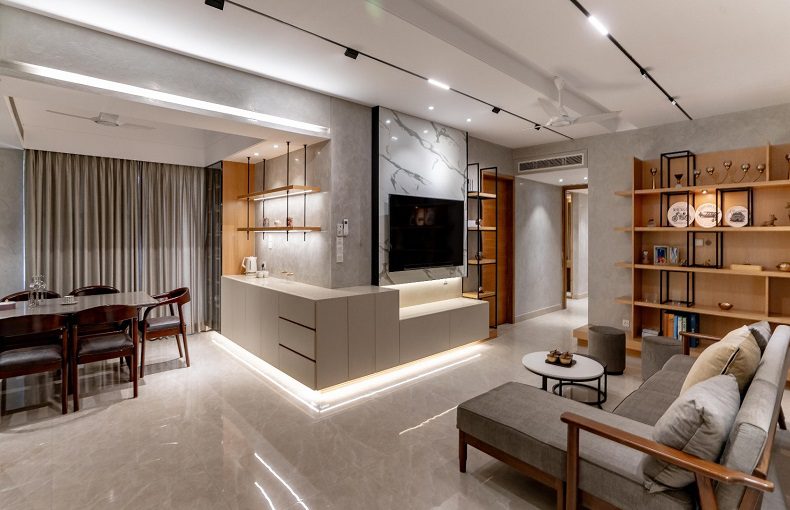Choosing the Right Color Scheme for Your Office Interior
Selecting the perfect color scheme for your office interior is crucial for creating an environment that promotes productivity, creativity, and well-being. The bright colors can enhance mood, improve focus, and make your office a more pleasant place to work office interior design bashundhara.
Office interior design is more than just aesthetics; it’s about creating an environment that fosters productivity, enhances well-being, and projects a professional image. Located in the heart of Dhaka, the Bashundhara area is emerging as a hub for modern and innovative office spaces. The importance of office interior design, key elements to consider, popular trends, and how to choose the right interior design firm in Bashundhara.
Why Office Interior Design Matters
Partnering with a professional office interior design company is vital for creating a functional, aesthetically pleasing, and efficient workspace. Here are several reasons why such a company matters:
Boosting Productivity
A well-designed office can significantly boost productivity. Ergonomic furniture, proper lighting, and a thoughtful layout help employees stay focused and comfortable, reducing fatigue and increasing efficiency.
Enhancing Employee Well-being
The office environment plays a crucial role in employee well-being. Natural light, comfortable seating, and spaces for relaxation contribute to a healthier, happier workforce, leading to lower absenteeism and higher job satisfaction.
Creating a Professional Image
Your office design reflects your brand and values. A professional interior designer, well-organized space impresses clients and partners, enhancing your company’s reputation and credibility.
Key Elements of Office Interior Design
Office interior design company is essential for creating a workspace that is not only beautiful but also functional, efficient, and conducive to the well-being of your employees. Their expertise and comprehensive services can significantly enhance your business environment and overall success.
Ergonomic Furniture
Investing in ergonomic furniture is essential for employee comfort and productivity. Adjustable chairs, standing desks, and supportive seating can prevent health issues and promote better posture.
Lighting
Good lighting is crucial. Natural light is ideal, but where it’s not possible, a combination of ambient, task, and accent lighting can create a pleasant and functional work environment.
Color Scheme
Colors can influence mood and productivity. Cool tones like blue and green are calming and can enhance focus, while warmer tones like yellow and orange can boost creativity and energy.
Open vs. Private Spaces
Balancing open and private spaces is key. Open areas encourage collaboration, while private spaces are necessary for focused work and confidential meetings.
Technology Integration
Modern offices need to be tech-savvy. Integrated technology, such as smart boards, high-speed internet, and seamless connectivity, supports efficient workflows and communication.
Sustainability
Sustainable design practices are becoming increasingly important. Using eco-friendly materials, energy-efficient lighting, and waste reduction strategies not only benefit the environment but also appeal to eco-conscious employees and clients.
Here’s a simple guide to help you choose the right color scheme for your office interior.
Understanding Color Psychology
Color psychology plays a significant role in how we perceive and react to different colors. Here’s a quick overview of what different colors typically represent and how they can influence your office environment:
- Blue: Known for its calming effect, blue is great for high-stress environments. It promotes focus and efficiency, making it ideal for workspaces where concentration is key.
- Green:Green is associated with nature and tranquility. It reduces eye strain and creates a balanced atmosphere, perfect for offices where people spend long hours.
- Yellow: A color of optimism and energy, yellow can boost creativity and enthusiasm. It’s ideal for creative industries but should be used in moderation to avoid overwhelming the senses.
- Red: Red is stimulating and energetic. It can increase heart rates and adrenaline flow, making it suitable for spaces that require physical activity or dynamic interaction.
- White: White evokes a sense of cleanliness and simplicity. It makes spaces appear larger and is often used to create a minimalist aesthetic.
- Gray: Gray is neutral and balanced, offering a modern and sophisticated look. However, too much gray can feel monotonous, so it’s best combined with other colors?
Assessing Your Office Needs
Before choosing a color scheme, consider the specific needs of your office. Ask yourself the following questions:
>> What is the primary function of the office? (e.g., collaborative workspace, quiet work zone, client-facing area)
>> What kind of atmosphere do you want to create? (e.g., energetic, calm, creative)
>> How much natural light does the space receive?
>> What is the size of the office?
Creating a Balanced Color Palette (The 60-30-10 Rule)
When creating a color palette, it’s essential to balance the primary, secondary, and accent colors:
- Main Colors: These should dominate the space and cover about 60% of the room. Choose colors that align with the overall atmosphere you want to create.
- Second Colors: These cover about 30% of the space and should complement the Main colors. They add depth and interest to the palette.
- Accent Colors: These are bold, contrasting colors used sparingly (10%) to add pops of interest and highlight key areas.
Practical Tips for Choosing Your Office Color Scheme
- Consider Your Brand Colors: If your company has specific brand colors, incorporating them into the office interior design can reinforce brand identity and create a cohesive look.
- Use Neutral Bases: Starting with a neutral base (white, gray, and beige) allows for flexibility. You can then add color through furniture, accessories, and accent walls.
- Incorporate Biophilic Design: Adding natural elements like plants can complement your color scheme and enhance the overall ambiance.
- Think About Functionality: Different areas of the office may require different color treatments. For example, use calming colors in meeting rooms to promote focus and bright, energizing colors in break areas to stimulate relaxation and creativity.
- Test Before Committing: Use color samples and swatches to see how different hues look in your space before making a final decision. Lighting can significantly affect how colors appear.
FAQs
What colors are best for boosting productivity in an office?
Blue and green are excellent choices for enhancing productivity. Blue promotes focus and efficiency, while green offers a calming effect and reduces eye strain.
How can I incorporate my brand colors into the office design?
You can incorporate brand colors through accent walls, furniture, accessories, and even artwork. Ensure they complement the overall color scheme to maintain a cohesive look.
Are there any colors I should avoid in an office setting?
Avoid using too much red or yellow in large areas as they can be overwhelming. Instead, use these colors sparingly as accents to add energy without causing distractions.
How does natural light affect the choice of colors for my office?
Natural light can alter the appearance of colors. Rooms with plenty of natural light can handle darker shades, while rooms with limited light benefit from lighter, more reflective colors.
Can I use multiple colors in my office design?
Yes, using multiple colors can create a dynamic and interesting space. Just ensure that the colors harmonize well and that there is a balance between primary, secondary, and accent colors.
How often should I update my office color scheme?
There’s no set rule, but updating your office color scheme every 5-7 years can keep the space looking fresh and modern. Regular updates can also reflect any changes in branding or company culture.
What are some easy ways to test colors before painting?
Use color swatches and paint samples to test colors on small sections of your walls. Observe how they look at different times of the day under various lighting conditions before making a final decision.
Conclusion
Choosing the right color scheme for your office interior can transform your workspace into a productive, creative, and enjoyable environment. By understanding color psychology, assessing your office needs, and following practical tips for creating a balanced palette, you can design an office that meets your functional requirements and aesthetic preferences. Remember, the goal is to create a space where your team feels inspired and motivated to do their best work office interior design baridhara.





